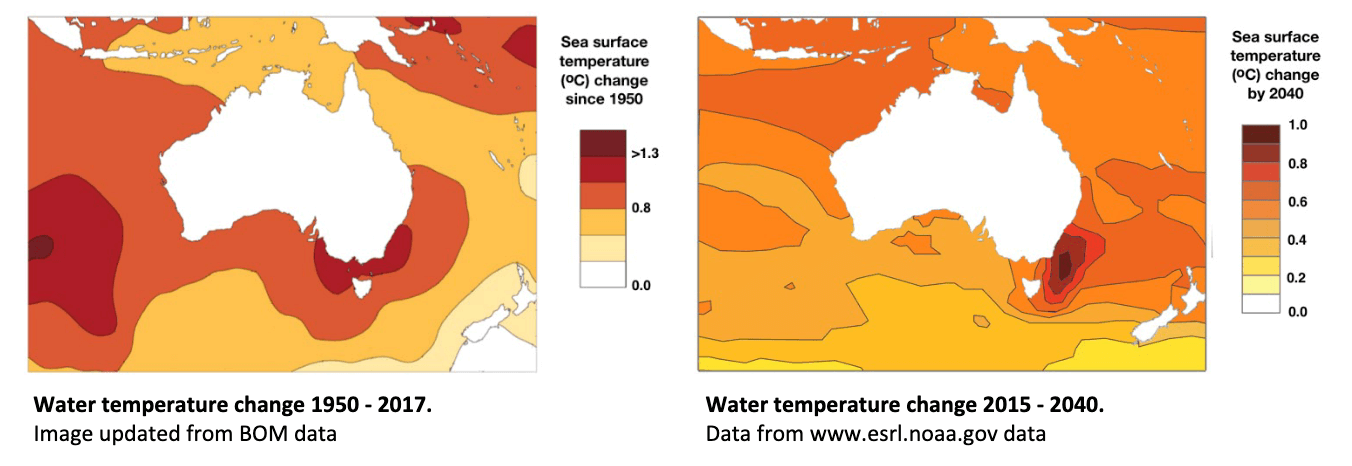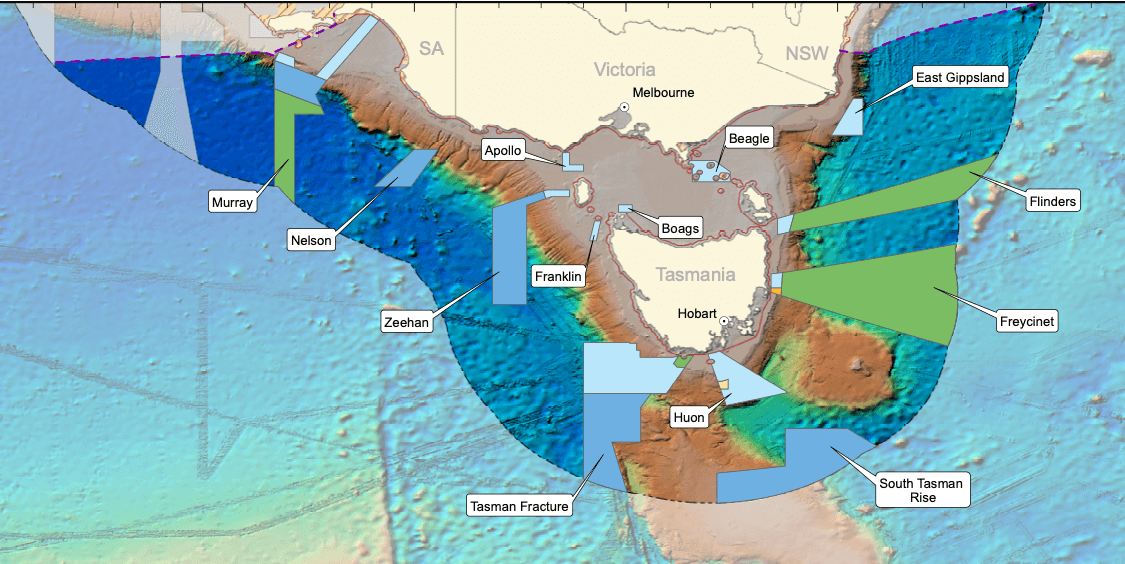Australia’s major source of locally caught fish for eastern seafood markets, the Commonwealth-government managed Southern and Eastern Scalefish and Shark Fishery (SESSF), has fallen into crisis.
No other Australian fishery has pushed more once-targeted species to the point where they are now on our threatened and endangered species lists.
A deeply troublesome loophole creates a special category of ‘conservation dependent’ listing that allows otherwise threatened or endangered fish like school shark, eastern gemfish, orange roughy and blue warehou to be caught and sold for profit by the SESSF as long as there is a ‘rebuilding strategy’ in place. There’s a major problem – only one population of one species has shown any actual rebuilding within the required time frame. And the latest stock assessment for that population (Eastern Zone orange roughy) shows that fishing pressure needs to be set at almost half of where it is being allowed.
Meanwhile, the fishery operates around one of the world’s global ocean heating hotspots, warming at nearly four times the global average. Some fish stocks are moving southward as the tropical Eastern Australian Current strengthens; others have nowhere further south to go. Losses to the SESSF catch on the order of thousands of tons a year have been ascribed to climate change by the fishery’s managers as long as a decade ago. Those are impacts on the same scale as fishing itself – but future catch decisions are still being made without the projections of future climate change on SESSF fish stocks (and we have them) being considered at all.
 Past and Projected ocean heating to 2040 (CSIRO, 2021)
Past and Projected ocean heating to 2040 (CSIRO, 2021)
Why aren’t we implementing marine park protections that not only provide an ‘insurance’ buffer for parts of each fish stock and vulnerable habitat in case we get it wrong again; but provide an ideal field laboratory that allows us to understand and disentangle the changes caused by fishing from the changes caused by climate. There has been a large marine park network in offshore Commonwealth waters around southeastern Australia since around 2007. After considerable lobbying from the fishing industry and fishery scientists, almost all the highly protected zones were placed in areas of no interest to fishing, as far as possible from the habitats and species they could most benefit – literally too deep for bottom trawling to even be possible!
Because most fishing in the SESSF is done by relatively indiscriminate and high impact bottom trawling, it is now no longer possible to catch a full quota of many stocks like tiger flathead (that remain relatively healthy) without further overfishing the stocks that are in trouble. Fishery managers have failed to invest in placing enough independent observers across the fishing fleet, so are unable to secure reliable data on what protected species are being caught, and what saleable fish are being dumped and discarded by fishers who don’t have the quota holdings to land them to market. Reliable data starts with 10% observer coverage, the highest impact fisheries require 100%. Fishery managers have invested in only 1-6% in most areas of the fishery even prior to the pandemic.
These are the reforms the fishery needs.
It’s little wonder that this fishery is about to be subject to another $20 million taxpayer bailout – that’s your money, and you already gave them $50 million back in 2006 which was supposed to have fixed these very problems by now! The buyout is planned to take fishing vessels off the water and close areas of the fishery to provide some refuge for overfished species.
We are sympathetic to those affected regional fishing communities and it is fair that they be allowed to transition from the fishery with dignity and resilience. In the long term nothing will provide those communities more resilience than a healthy, resilient fishery and that is why this reform must come with concrete action requiring rapid rebuilding of fish stocks to a level that is economically and environmentally optimal, and ensures full protection for vulnerable and depleted habitats and species.
 Map of Commonwealth South East Region Marine Parks. Green zones are highly protected from all fishing; note how there are almost no green zone areas on the Continental shelf and margin where virtually all fishing and climate impacts to overfished and endangered species, and vulnerable marine habitats caused by the SESSF have arisen. (Australian Marine Parks, 2022)
Map of Commonwealth South East Region Marine Parks. Green zones are highly protected from all fishing; note how there are almost no green zone areas on the Continental shelf and margin where virtually all fishing and climate impacts to overfished and endangered species, and vulnerable marine habitats caused by the SESSF have arisen. (Australian Marine Parks, 2022)
References:
Australian Marine Parks (2022), South-east Marine Parks Network. https://parksaustralia.gov.au/marine/parks/south-east/
CSIRO (2021), Regional Projection for Southern Australia, CSIRO OCEANS & ATMOSPHERE. https://research.csiro.au/cor/wp-content/uploads/sites/282/2021/07/Summary-of-Regional-projections-S-Australia-v3.pdf